China : Unmatched Growth and Demand Trends
China holds a commanding market share of 53.3% in the APAC dermal fillers market, valued at $800.0 million. Key growth drivers include a rising middle class, increasing aesthetic awareness, and a growing demand for non-surgical cosmetic procedures. Regulatory policies have become more favorable, with the National Medical Products Administration (NMPA) streamlining approval processes for dermal fillers. Infrastructure improvements in healthcare facilities further support market expansion.
India : Youthful Demographics Drive Demand
India accounts for 20% of the APAC dermal fillers market, valued at $300.0 million. The growth is driven by a youthful population increasingly interested in cosmetic enhancements and rising disposable incomes. Demand trends show a shift towards minimally invasive procedures, supported by government initiatives promoting healthcare access. The regulatory environment is evolving, with the Central Drugs Standard Control Organization (CDSCO) enhancing guidelines for dermal fillers.
Japan : Quality and Safety in Focus
Japan holds a 16.7% market share in the APAC dermal fillers market, valued at $250.0 million. The market is driven by a strong emphasis on quality and safety, with consumers preferring high-end products. Demand is influenced by an aging population seeking aesthetic treatments. Regulatory policies are stringent, with the Pharmaceuticals and Medical Devices Agency (PMDA) ensuring rigorous product evaluations. The market is characterized by advanced healthcare infrastructure and high consumer trust.
South Korea : Beauty Standards Shape Market Dynamics
South Korea represents 13.3% of the APAC dermal fillers market, valued at $200.0 million. The market is propelled by innovative beauty trends and a culture that prioritizes aesthetics. Demand for dermal fillers is high among younger consumers, driven by social media influence. The Ministry of Food and Drug Safety (MFDS) regulates the market, ensuring product safety. Major cities like Seoul are key markets, with a competitive landscape featuring both local and international players.
Malaysia : Increasing Awareness and Accessibility
Malaysia captures 6.7% of the APAC dermal fillers market, valued at $100.0 million. The growth is fueled by increasing awareness of cosmetic procedures and a growing middle class. Demand trends indicate a rise in non-invasive treatments, supported by government initiatives to promote healthcare. The regulatory framework is evolving, with the National Pharmaceutical Regulatory Agency (NPRA) enhancing guidelines for dermal fillers. Kuala Lumpur is a key market, with a mix of local and international brands.
Thailand : Tourism Boosts Cosmetic Procedures
Thailand holds a 6% market share in the APAC dermal fillers market, valued at $90.0 million. The market benefits from medical tourism, attracting international clients seeking cosmetic treatments. Demand is driven by a blend of local and foreign consumers, with a focus on affordability and quality. The Food and Drug Administration (FDA) Thailand regulates the market, ensuring safety standards. Bangkok is a major hub, with numerous clinics offering a variety of dermal filler options.
Indonesia : Market Potential in Emerging Economy
Indonesia accounts for 4.7% of the APAC dermal fillers market, valued at $70.0 million. The market is experiencing growth due to increasing interest in aesthetic enhancements among the urban population. Demand trends show a preference for affordable, minimally invasive procedures. The National Agency of Drug and Food Control (BPOM) oversees regulatory compliance, ensuring product safety. Jakarta is a key market, with a burgeoning number of clinics and practitioners entering the space.
Rest of APAC : Diverse Consumer Preferences and Trends
The Rest of APAC represents 2% of the dermal fillers market, valued at $30.0 million. This sub-region includes various smaller markets with unique consumer preferences and trends. Growth is driven by increasing awareness of cosmetic procedures and rising disposable incomes. Regulatory environments vary, with some countries enhancing guidelines for dermal fillers. Key markets include Vietnam and the Philippines, where local players are emerging alongside international brands.


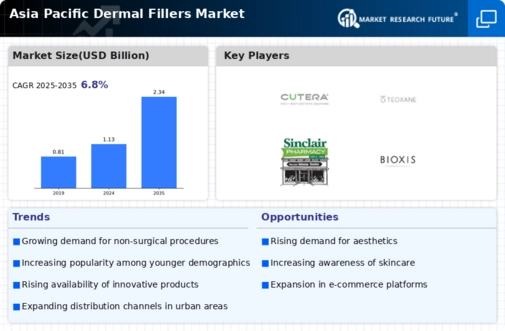
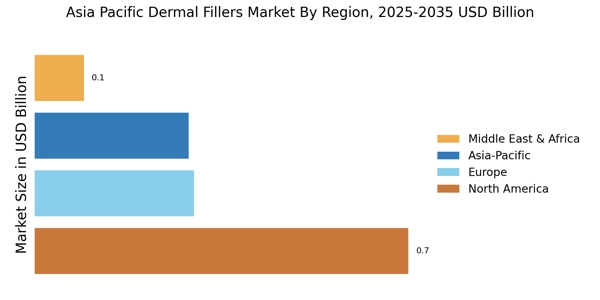

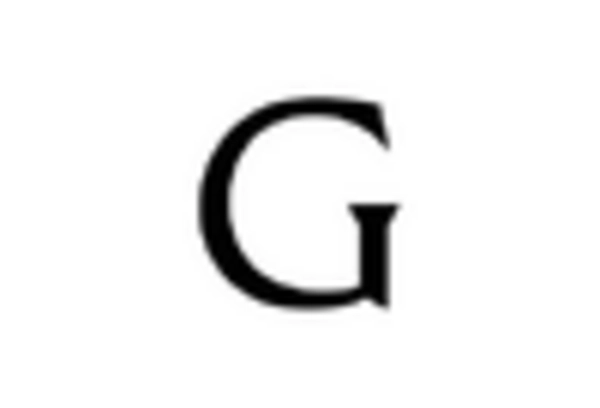
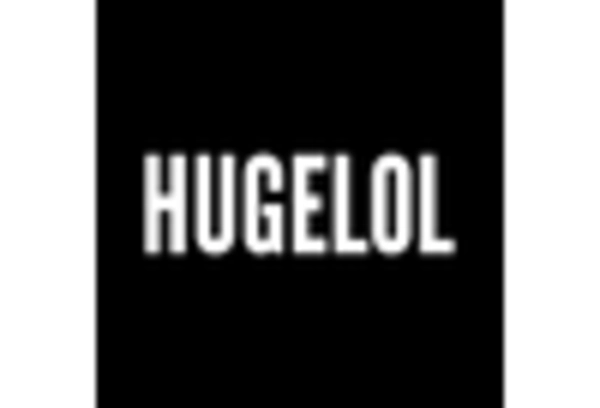

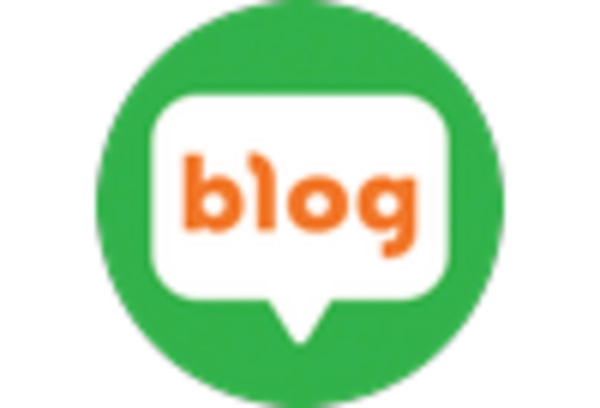
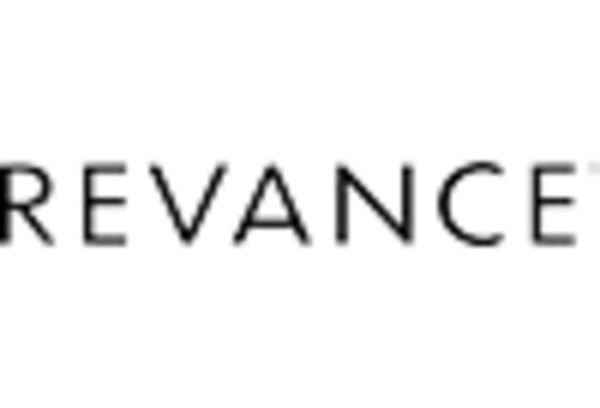








Leave a Comment